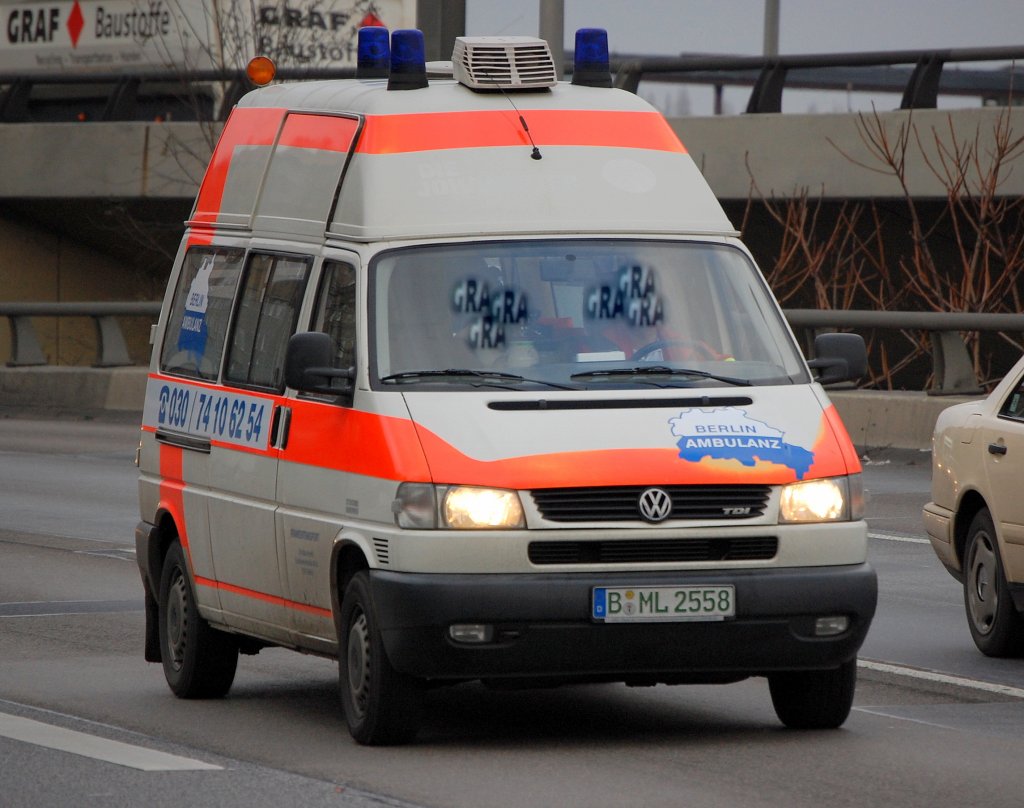 |
| The Berlin Immigration Office: obviously more advanced than Stuttgart. |
The story I heard at my language school was about an advanced system of lining up without even standing in line, an endeavour that requires faith in the system and the honest of your fellow line-standers. When entering a bank or a ticket counter, you ask who the last person in line is. Then, having identified the last person, you keep your eye on them in order to know when you are up.
I hadn't seen this system in action, having waited in establishments that rely on numbered tickets rather than good old fashioned honesty, until last week when I was at the immigration office here in Stuttgart. There are two ways of seeing someone at the immigration office: either you phone in several times until someone picks up the phone, tell them your issue, and hope that it is deemed relevant enough to have an appointment scheduled, at which time you show up in a hallway full of people and waiting front of a heavy red door equipped with a loudspeaker. When your name is called, you can go in. The other option, for non-urgent or generally confusing cases, is sitting in an adjacent room that has a door leading to the same office, only which is equipped with a traffic light instead of a speaker. When it flashes green, the next person is welcome. Mostly it just stays discouragingly red.
As you may have guessed from my description of the surroundings - red and brown doors, disembodied voices, built-in chairs - the immigration office is a seriously brutalist building from the 1960s with little in the way of modern amenities. There are no digital signs and no number-printing machines. Instead, as I discovered, there is the system of asking, upon entering the room, "Wer ist der Letzte?"
My brief experience with this system pointed out the reasons it doesn't work in modern Germany. First of all, everybody in the line needs to understand what the question means. At the immigration office, this was understandably not the case. Whenever a newcomer asked who the last person was, there was shuffling of feet and some serious glares until finally someone else pointed out who had been the last to enter the room. While such complete non-responsiveness may have demonstrated an average language competency well below the level required to get most visas, I was surprised by the angry muttering among the askers, who, presumably likewise at the immigration office to immigrate, really didn't have much to get up on their high horse about. I suppose they could have been part of a secret pre-interview test: if you clam up, you've just signed yourself up for a 6-week integration course, courtesy of the German government. Boo hoo.
And to be fair, it wasn't all a question of language. Immigrants are nothing if not willing to cash in on the opportunity created by Germans' stubborn faith in their systems. That's why you can get kebab on a Sunday! Sure enough, each time the chime sounded to switch the light from red to green, there was a group ready to jump to their feet should the next person in line momentarily forget their place in the order of things.
Whether times are a-changing or the system never worked that well after all, the "Wer ist der Letzte?" system doesn't make much sense. Most of us can do numbers - German vocab is a different kettle of fish. And while I realize that a municipal building that caters to foreigners probably sits pretty low on the priority list for taxpayer-funded renovations, we are the ones who need our office to meet the standards of a grocery store meat counter the most.
image via spiegel.de































